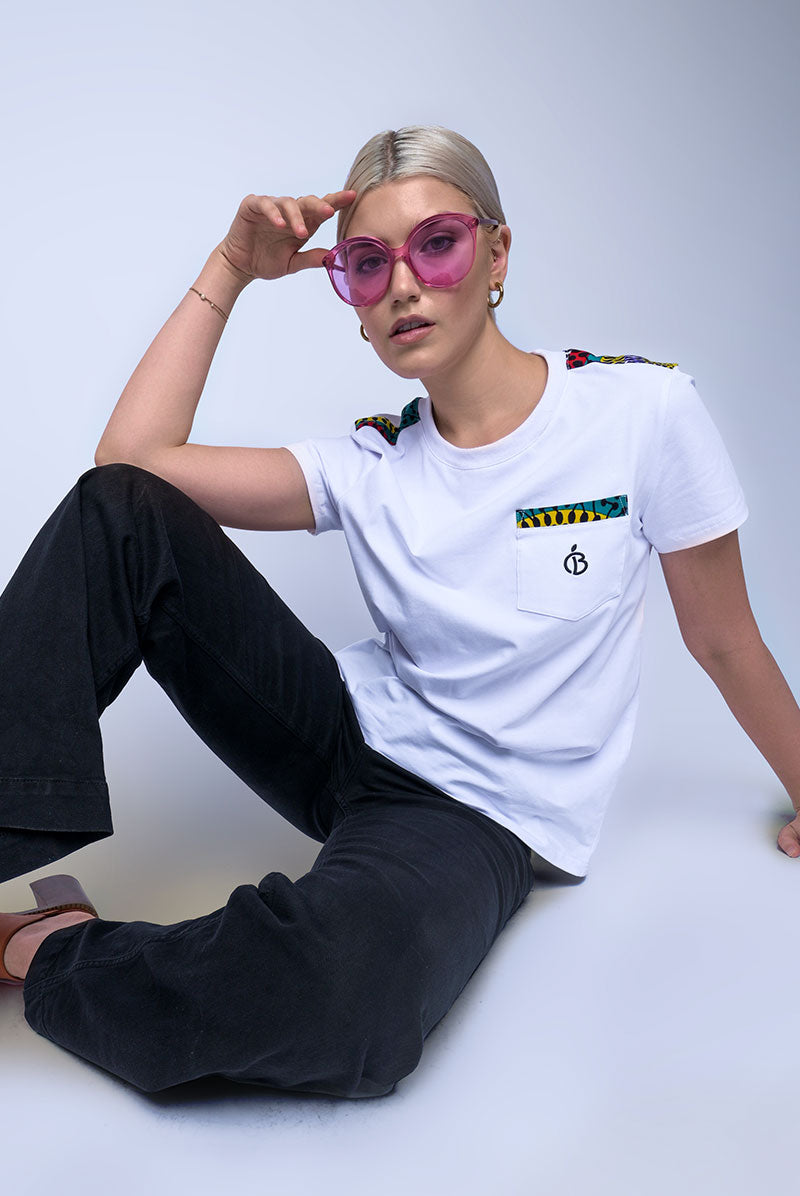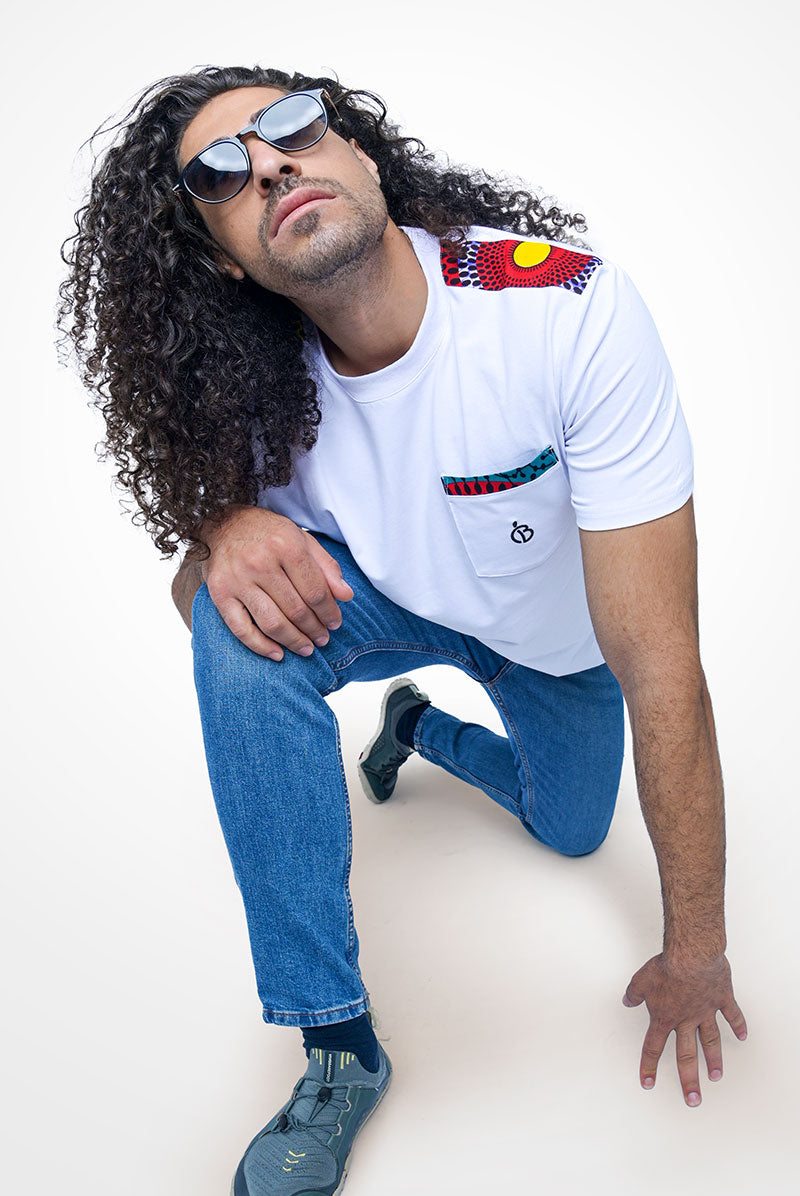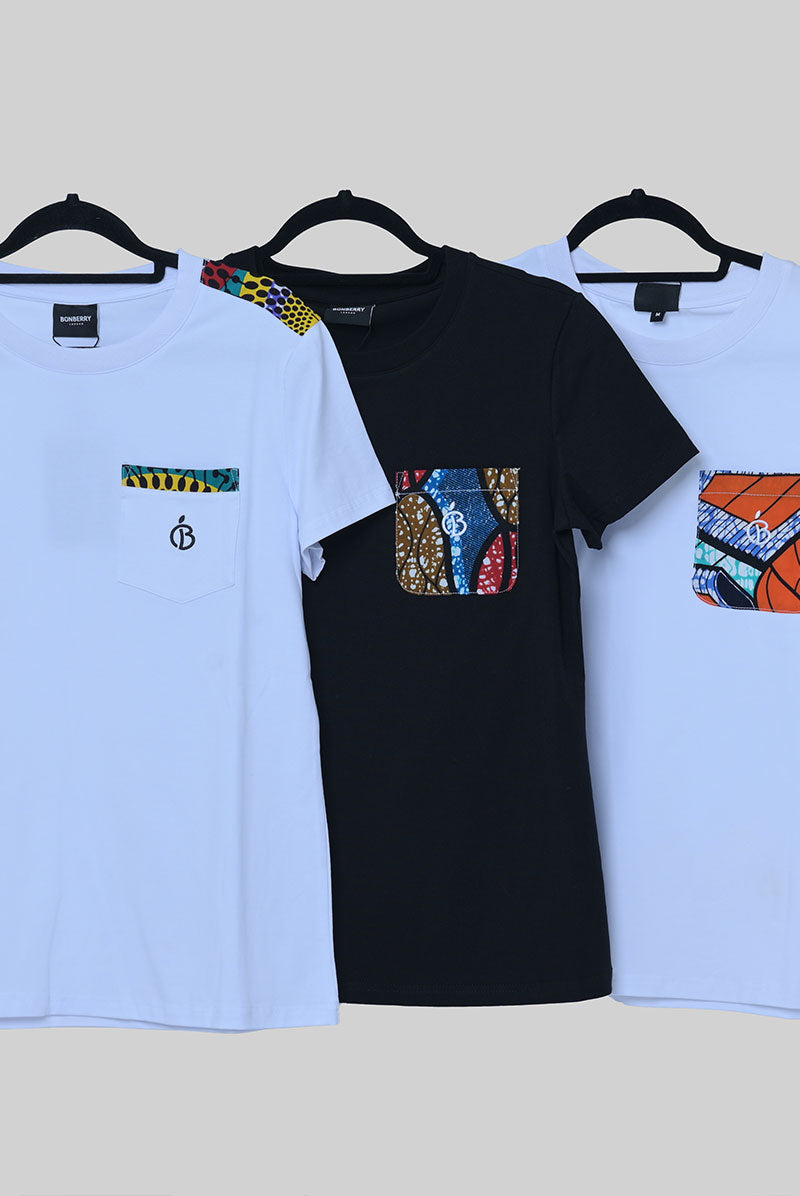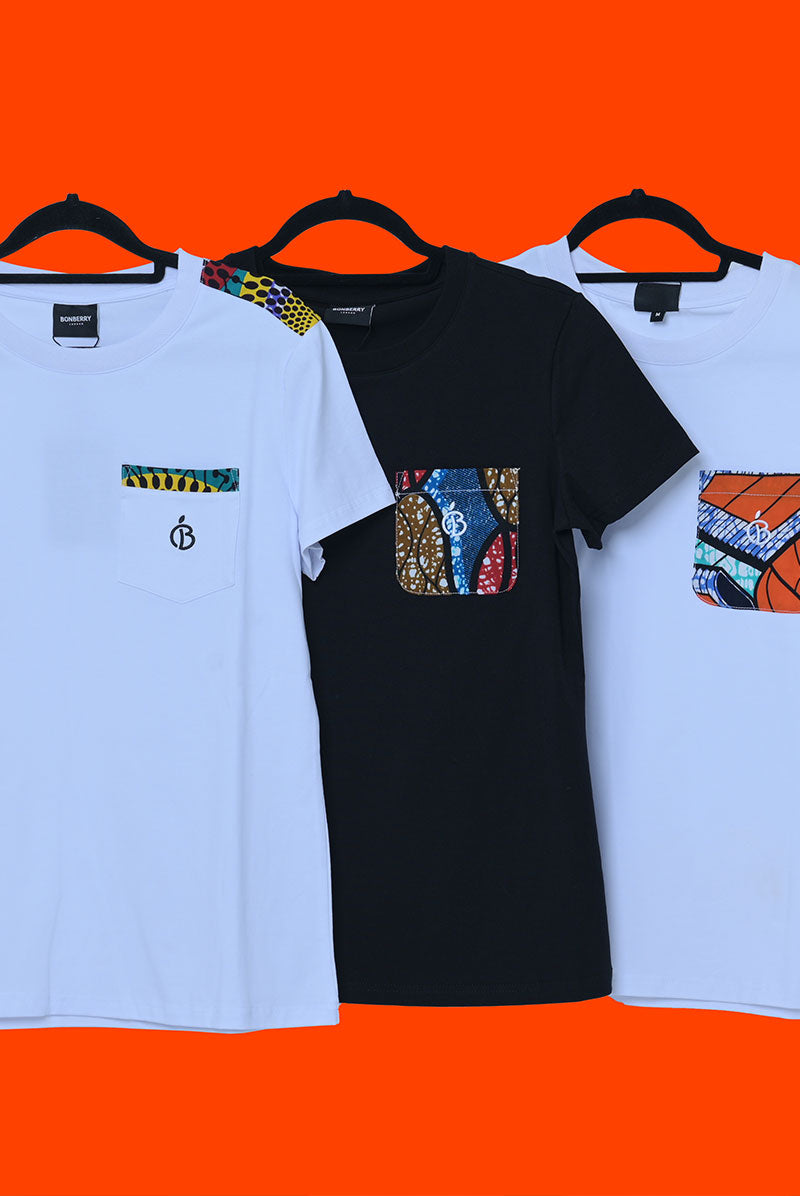The world of fashion is a revolving carousel of trends, styles, and statements. But as the glitz and glamour continue to captivate us, it's important to note that there's a darker side to this industry. Fast fashion, in particular, is known for its massive contributions to environmental degradation and unethical labour practices. But the good news? There's a more sustainable and ethical alternative—welcome to the world of sustainable fashion.
Sustainable fashion is all about making choices that not only make you look good but feel good about your impact on the planet as well. It's about embracing eco-friendly materials, supporting fair trade practices, and reducing waste in our wardrobes. It's about understanding that every purchase we make leaves a footprint and that we have the power to choose a smaller, kinder one.
But sustainable fashion isn't just about hemp shirts and recycled plastic sandals. It's a growing movement that's transforming the way we approach style, bringing innovative and beautiful designs that are as good for the planet as they are for our closets. It's a shift in mindset, a conscious decision to choose quality over quantity, and investment over impulse.
Crafting a Sustainable Capsule Wardrobe
1. The Impact of Fast Fashion: Understanding the Environmental and Ethical Implications
Fast fashion has given rise to various environmental and ethical issues that cannot be ignored. The rapid production and disposal of low-cost clothing items deplete natural resources, contribute to pollution, and increase waste.
The production process consumes vast quantities of water and energy, emits greenhouse gases, and often involves toxic chemicals that can harm both the environment and those working in the industry. Plus, the demand for low-cost labour often leads to the exploitation of workers, with inadequate wages and poor working conditions prevalent in low-cost production countries.
By educating ourselves about the implications of fast fashion and making conscious choices to support sustainable and ethical brands, we can contribute to a fashion industry that values both people and the planet.
2. Choosing Sustainable Garments: Identifying Ethical and Eco-Friendly Brands
Transitioning to a sustainable wardrobe starts with selecting garments that are produced ethically and with minimal environmental impact. Here are some tips to help you identify eco-friendly and ethical brands:
- Research brands' policies and practices: Many brands publish their sustainable sourcing policies, use of eco-friendly materials, and labour standards on their websites. Familiarise yourself with these policies to determine whether a brand aligns with your ethical standards.
- Look for certifications: Certifications such as Fair Trade, GOTS (Global Organic Textile Standard), and the B Corporation label can help you identify brands committed to ethical and sustainable practices.
- Prioritise quality over quantity: Choose well-made, high-quality garments that will resist wear and tear, ultimately lasting longer and reducing the need for frequent replacements.
Proper care and maintenance can significantly extend the lifespan of your garments and contribute to a more sustainable fashion approach. Follow these guidelines to keep your clothing in great condition and minimise waste:
- Washing: Use gentle, eco-friendly detergents and lower water temperatures to prevent fading and shrinkage. Wash garments only when necessary to reduce water and energy consumption, and opt for line-drying instead of using a dryer to save energy and preserve fabric integrity.
- Mending: Repair minor wear and damage promptly to prevent it from worsening. Learn basic sewing skills, such as patching holes or replacing buttons, to mend your clothing and extend its life.
- Storage: Store clothing in a dry, well-ventilated area, using high-quality hangers and folding techniques to prevent stretching, fading, and fabric damage.
4. Repurposing and Recycling: Creative Ways to Give New Life to Old Garments
If a garment has reached the end of its wearable life, consider repurposing or recycling it rather than sending it to a landfill. Explore the following creative ideas for giving your old garments a new purpose:
- Upcycling: Transform outdated or damaged clothing into fashionable, unique pieces by adding embellishments, altering the shape, or combining it with other items.
- Crafting: Turn your old garments into fabric to create cushions, bags, scrunchies, or other accessories. Even small pieces of fabric can be sewn together to create patchwork or quilted items.
- Donating: If a garment is still wearable but no longer fits your style, donate it to local charities, shelters, or thrift stores, extending its life and offering an affordable option for others.
Embracing these sustainable fashion habits not only contributes to a greener, more ethical industry but also offers a sense of personal satisfaction and fulfilment, knowing that your fashionable choices align with your values to support a healthier planet and an equitable society.
5. The Benefits of Embracing Sustainable Fashion Practices
By adopting sustainable fashion practices, you can positively impact the environment, the fashion industry, and your personal style:
- Environmental conservation: Choosing sustainable garments and adopting eco-friendly garment care practices helps reduce resource depletion, pollution, and greenhouse gas emissions associated with fast fashion.
- Supporting ethical production: By purchasing from ethical brands, you support fair wages, safe working conditions, and humane treatment for workers in the fashion industry.
- Enhancing personal style: Sustainable fashion encourages thoughtful and intentional wardrobe choices that reflect your unique personality and values. Building a curated, eco-friendly collection allows you to develop a more distinct and sophisticated personal style.
Eco-Chic: Integrating Sustainable Fashion into Your Everyday Style
In the end, sustainable fashion is a journey, not a destination. It requires consistent effort, commitment, and a willingness to make better choices. It’s about evolving with the fashion industry and embracing the shift towards more responsible ways of dressing. It’s about being stylish, being conscious, and ultimately, being kinder to our planet.
At Bonberry London, we share your passion for sustainability and fashion, striving to provide you with trendy and stylish African print shirts that reflect your unique personality while embracing eco-friendly choices. By incorporating sustainable fashion practices into your everyday life, you can make a difference, both in your personal wardrobe and for the planet. Make a change today, and become a champion of sustainable fashion.











